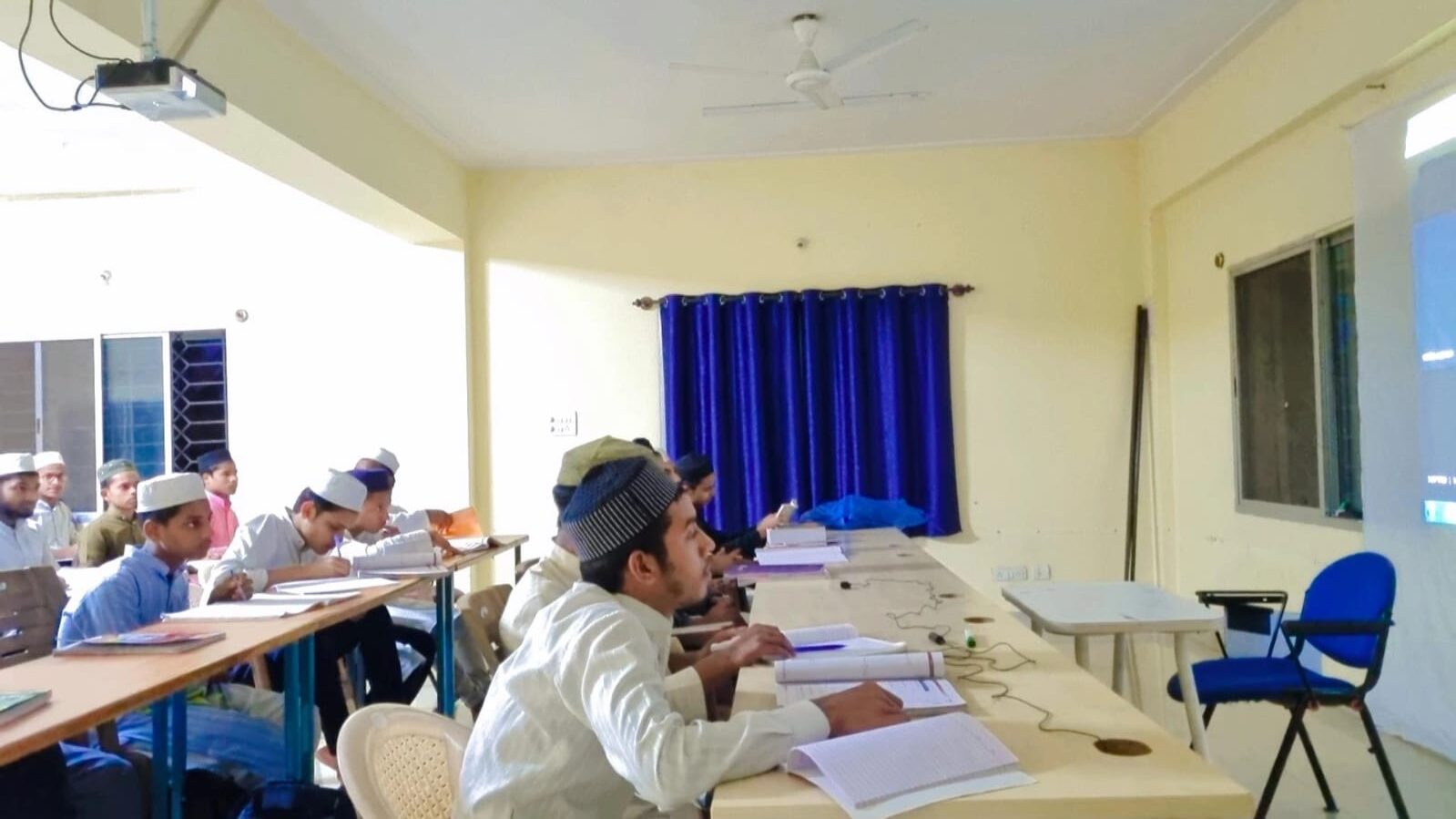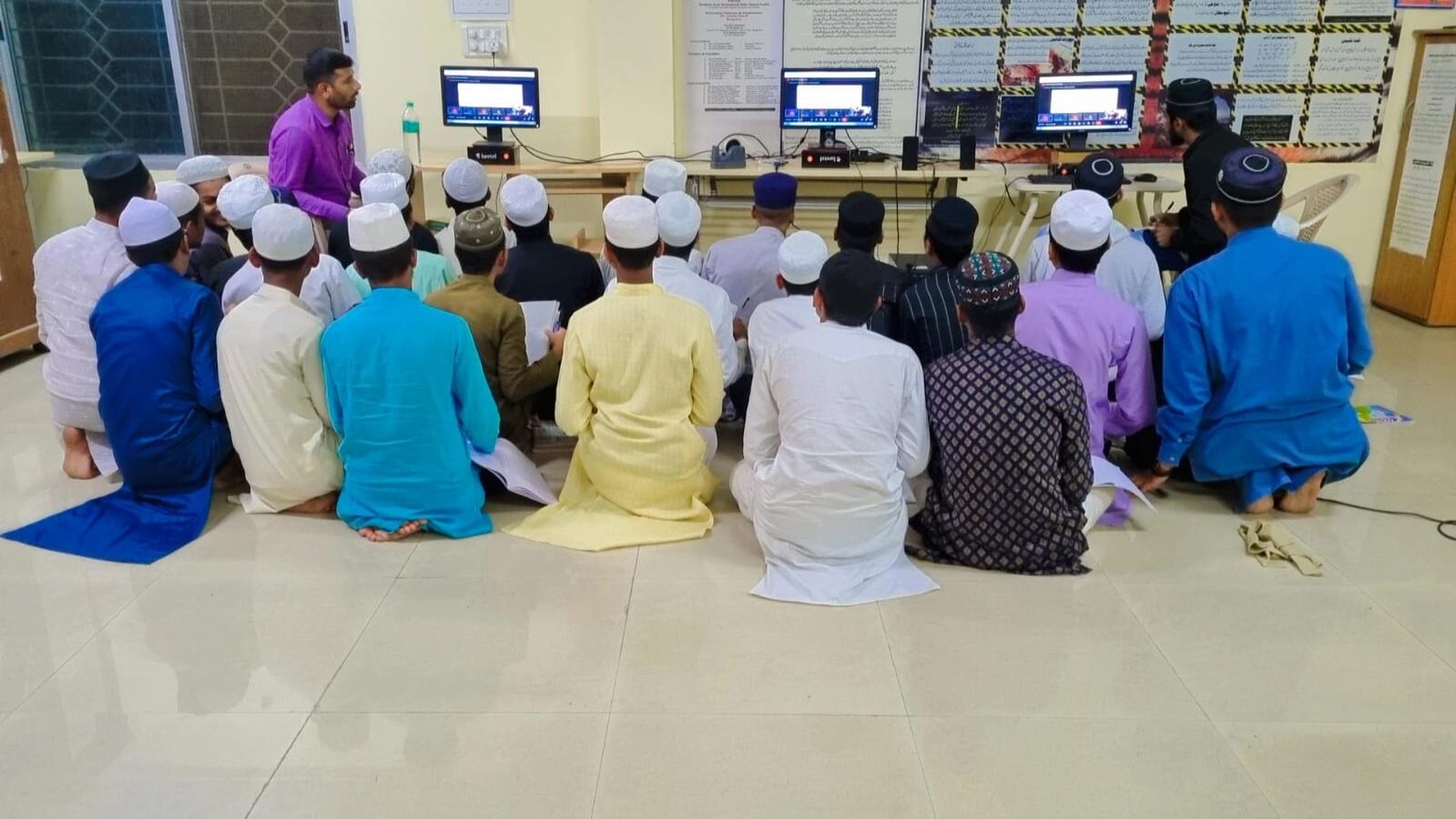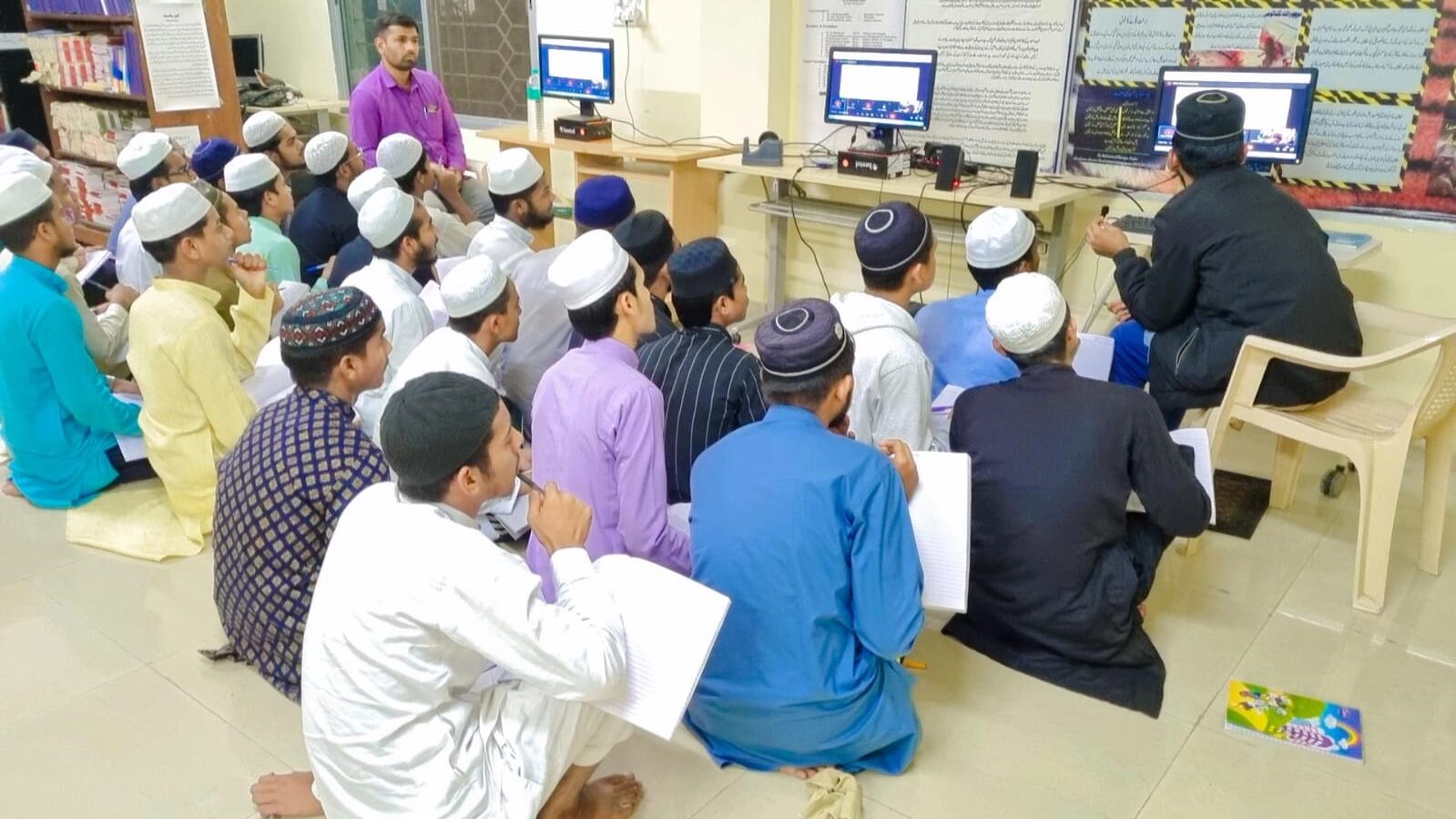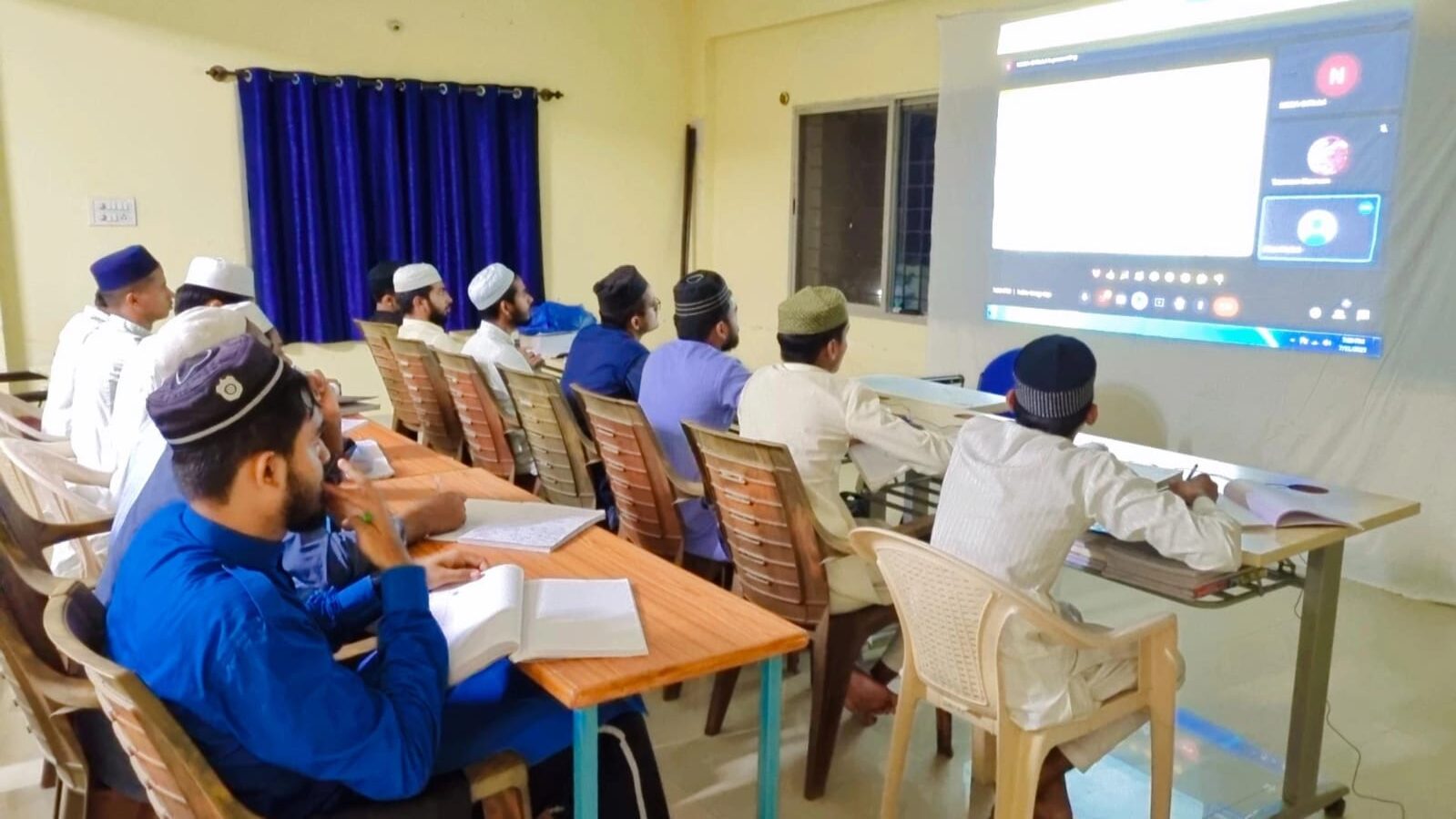
Madarasas provide religious education to around 3-4% of the Muslim youth population of India (as per the Sachar committee report) through over 100,000 Madrasas and cater to millions of children. Around 20% of the students attending Madarsa are female. However, these institutions often neglect to teach essential subjects like English, Math, and Sciences. They follow the rote memorization methodology which does not favor critical thinking. Memorization serves to build a sharp retentive brainpower, which under favorable circumstances could be productively utilized.
Madarasa students, having no exposure to regular education, find themselves as outcasts of the regular educational process and the job market. They are confined to the very limited opportunities that the religious system allows. They are unable to mainstream into government sponsored education and are denied jobs as they do not meet the mandatory criteria of passing the Xth Board exam. They are not allowed to join vocational study as this study also demands the passing of the Xth Board exam. The restricted thinking from the absence of the study of non-religious subjects, the absence of socialization from the broad strata of people not belonging to the same faith and the strict wall of separation between the male and the female, stack up the odds and go against the possibility of making the Madrasa student a success in life. At NEIEA, we firmly believe in the Madrasa students’ fundamental right to a decent education and are dedicated to providing them with learning opportunities like higher education and vocational studies.




